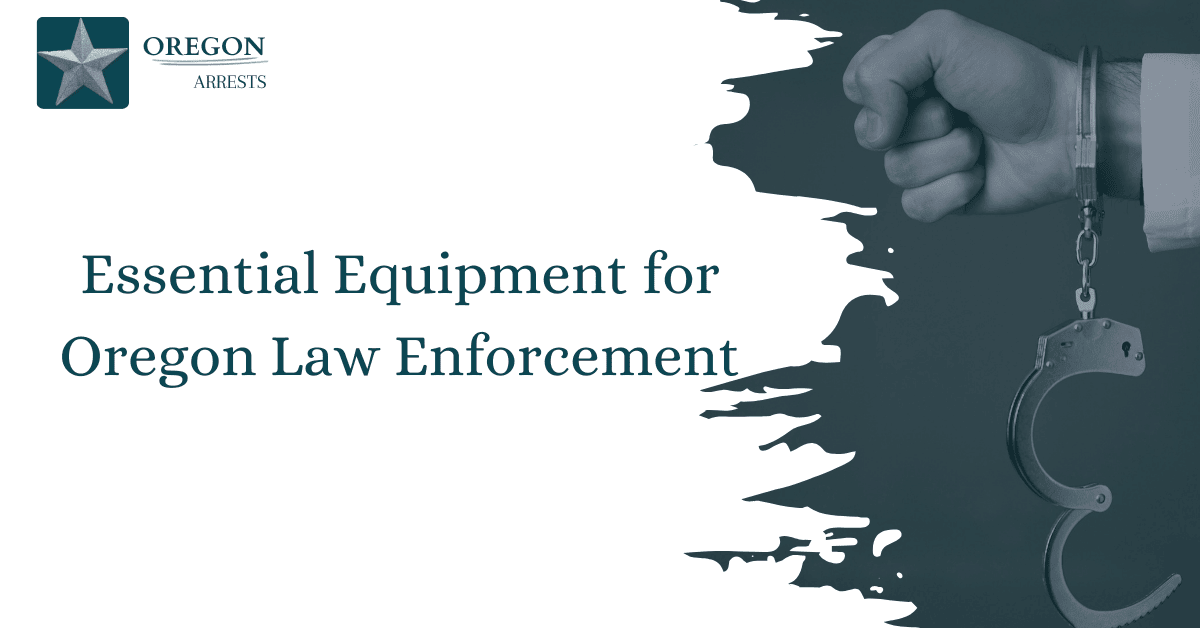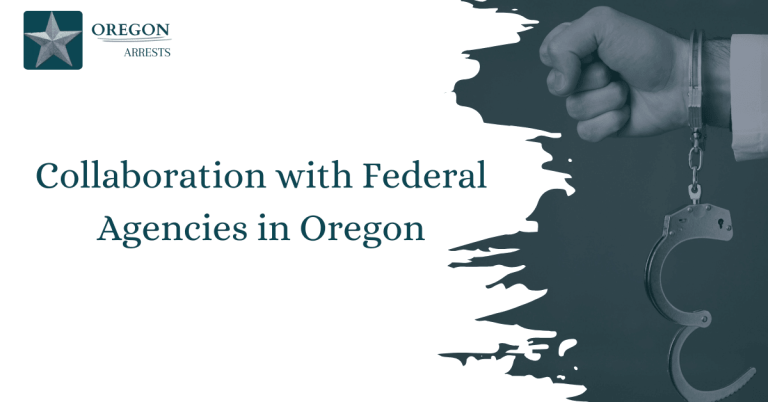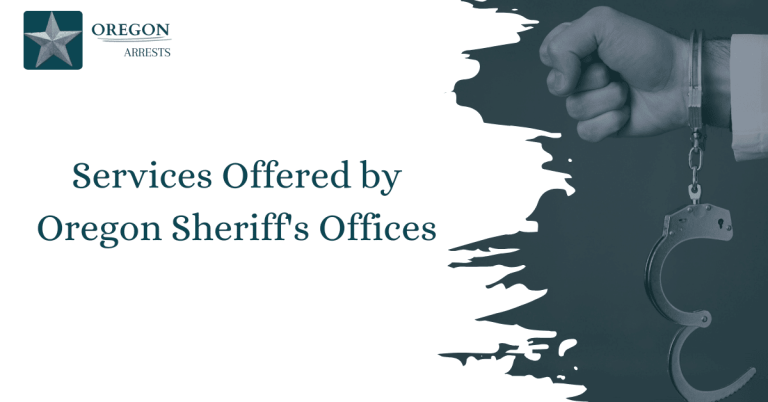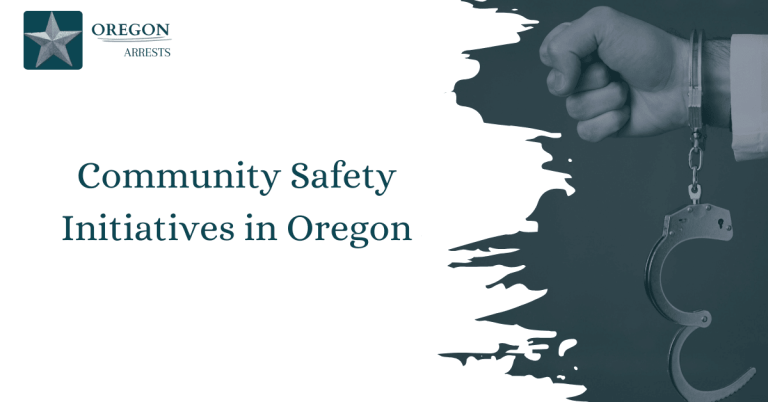Essential Equipment for Oregon Law Enforcement
Law enforcement in Oregon relies heavily on having the right equipment to ensure the safety and security of both officers and the community. From protective gear to communication devices, the essential equipment for Oregon law enforcement plays a crucial role in their daily operations. Without these tools, officers would not be able to effectively carry out their duties and respond to emergencies.
Having access to the necessary equipment allows Oregon law enforcement to perform their jobs with efficiency and effectiveness. Whether it’s bulletproof vests, firearms, or patrol vehicles, each piece of equipment serves a specific purpose in maintaining law and order. By investing in top-quality gear and staying up to date with the latest technology, law enforcement agencies in Oregon can better protect and serve the public.
Protective Gear for Law Enforcement in Oregon
Law Enforcement Equipment is essential for the safety of officers in Oregon. One critical piece of gear is bulletproof vests, which protect officers from potential harm during dangerous situations. These vests are designed to absorb and disperse the impact of bullets, reducing the risk of injury. Without this protective gear, officers would be at a significantly higher risk while on duty.
Communication Devices: Ensuring Effective Coordination
Effective communication is crucial in law enforcement operations in Oregon. Communication devices such as radios and earpieces play a vital role in ensuring seamless coordination between officers. These devices enable quick and efficient sharing of information, helping officers respond promptly to emergencies and coordinate their actions effectively. Without reliable communication devices, the effectiveness of law enforcement operations would be compromised.
Selection Process: Matching Tools to Unique Demands
The selection process for law enforcement equipment in Oregon is meticulous and thorough. Each piece of gear is carefully chosen to meet the unique demands of the job. From bulletproof vests to communication devices, every tool is selected based on its ability to enhance officer safety and operational efficiency. The selection process ensures that officers are equipped with the best possible gear to carry out their duties effectively.
Modern Technology in Oregon Law Enforcement
Modern technology plays a crucial role in enhancing law enforcement operations in Oregon. Body cameras have become essential tools for evidence collection, providing valuable footage that can be used in investigations and court proceedings. These cameras not only protect officers from false accusations but also help in ensuring accountability and transparency.
Drones: Surveillance and Efficiency in Operations
Drones have revolutionized surveillance and operational efficiency in law enforcement in Oregon. These unmanned aerial vehicles provide a bird’s eye view of the situation, allowing officers to gather valuable intelligence and monitor activities from a safe distance. Drones are particularly useful in search and rescue operations, crime scene investigations, and traffic monitoring, enhancing the overall effectiveness of law enforcement efforts.
Adapting to Evolving Field: Importance of Latest Tools
As the field of law enforcement continues to evolve, it is crucial for officers in Oregon to have access to the latest tools and technology. Staying abreast of advancements in equipment is essential for ensuring the safety of officers and the effectiveness of operations. By embracing modern technology and continuously upgrading their gear, law enforcement agencies in Oregon can better serve and protect their communities.
Frequently Asked Questions
Our FAQ section aims to provide comprehensive information on Essential Equipment for Oregon Law Enforcement to enhance user experience and address commonly searched queries on Google.
What gear do Oregon law enforcement officers need?
Law enforcement officers in Oregon require a range of essential equipment to perform their duties effectively and safely. This includes firearms, bulletproof vests, handcuffs, radios, flashlights, and non-lethal weapons such as tasers. Each piece of equipment plays a crucial role in ensuring the safety of officers and the community they serve.
How important is proper training in using law enforcement equipment?
Proper training in using law enforcement equipment is vital to ensure that officers can effectively and safely handle their tools in various situations. Training helps officers become proficient in using firearms, handcuffs, and other gear, reducing the risk of accidents or misuse during high-pressure scenarios.
What to consider when buying law enforcement equipment?
When purchasing equipment for law enforcement, agencies must consider factors such as durability, reliability, compatibility with existing systems, and adherence to state laws and regulations. It is crucial to invest in high-quality gear that meets the specific needs of officers and enhances their ability to perform their duties effectively.
How often should law enforcement gear be checked?
Law enforcement equipment should be regularly inspected and maintained to ensure its proper functioning and reliability. Routine inspections help identify any issues or damage that may affect the performance of the gear, while regular maintenance extends the lifespan of the equipment and reduces the risk of malfunctions during critical situations.
What’s new in law enforcement equipment tech?
Advancements in technology have led to innovative developments in law enforcement equipment, such as body cameras, drones, and advanced communication systems. These tools enhance the capabilities of officers in gathering evidence, conducting surveillance, and communicating effectively in the field, improving overall operational efficiency and accountability.
How do law enforcement agencies keep up with equipment trends?
Law enforcement agencies can stay updated on the latest trends and developments in equipment by attending industry conferences, participating in training programs, and collaborating with vendors and manufacturers. By staying informed about new technologies and best practices, agencies can make informed decisions about upgrading their equipment to meet evolving operational needs.







